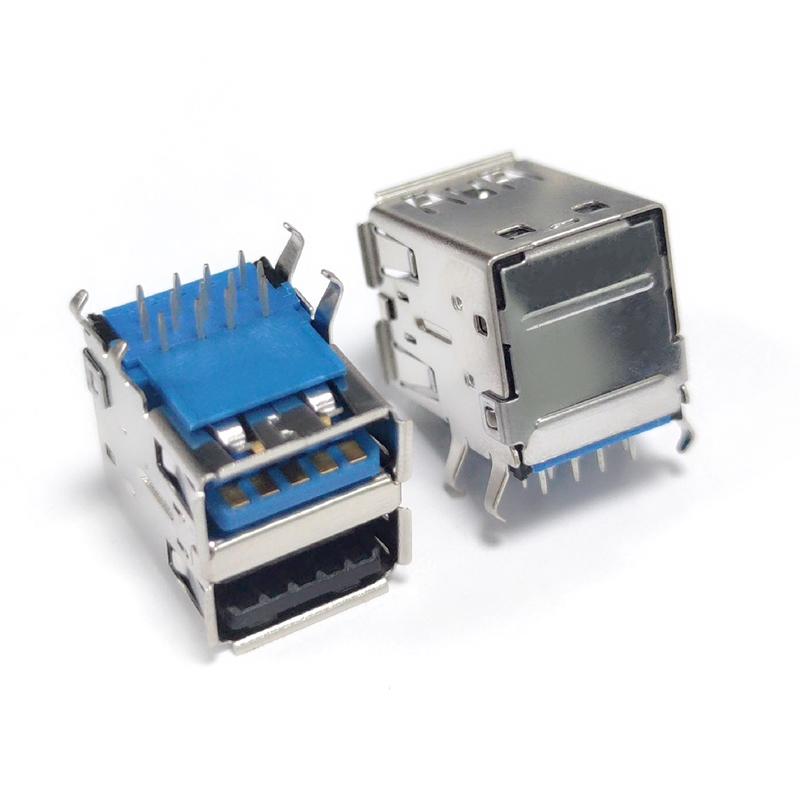The processing speed of the processor is different.
1. USB 3.0 is a USB specification initiated by companies such as Intel. The maximum transmission bandwidth of USB 2.0 is 480Mbps, which is 60MB/s. The processor of USB 3.0 is dual core and dual threaded, with a performance score of 20000, while the processor of USB 3.2 is dual core and four threaded, with a performance score of 25000. USB 2.0 has been widely recognized by PC manufacturers, and interfaces have become essential interfaces for hardware manufacturers.

USB 3.0 introduces full duplex data transmission, with 2 out of 5 lines used to send data, 2 used to receive data, and 1 used as a ground wire. USB 3.0 can synchronize read and write operations at full speed, and previous USB versions did not support full duplex data transmission.
3. Pay attention to the connection of USB modems. USB modems are currently the most attractive USB devices on the market and can be divided into two categories: those that use an external power source and can be connected to any USB node, and those that do not have an external power source and must be directly connected to the USB interface of the host. These types of products are more popular.
